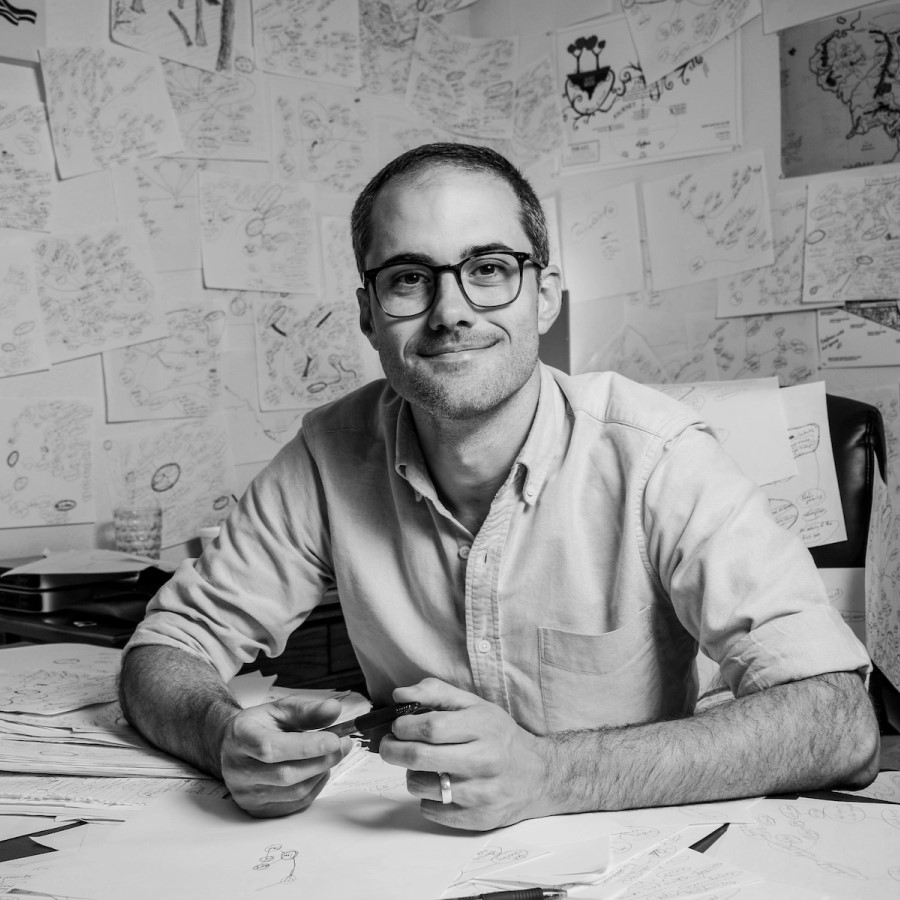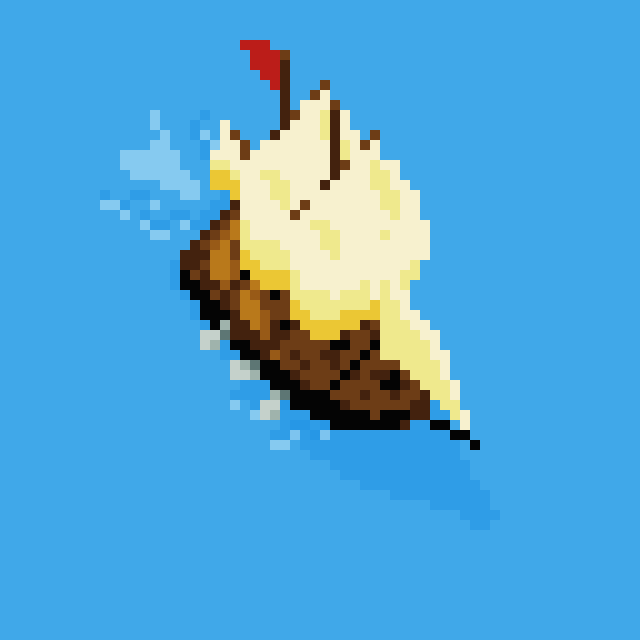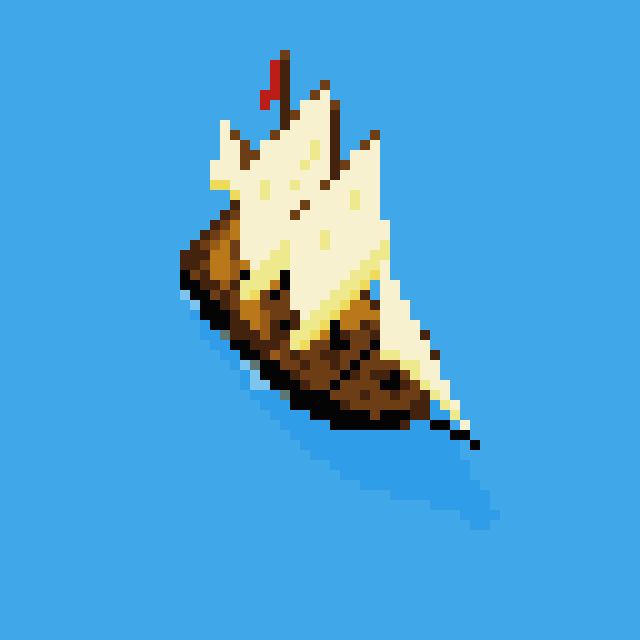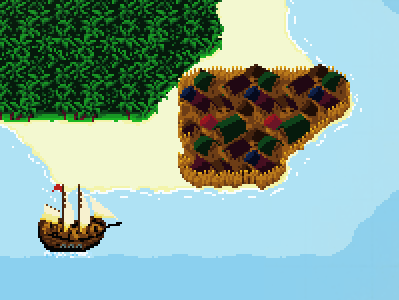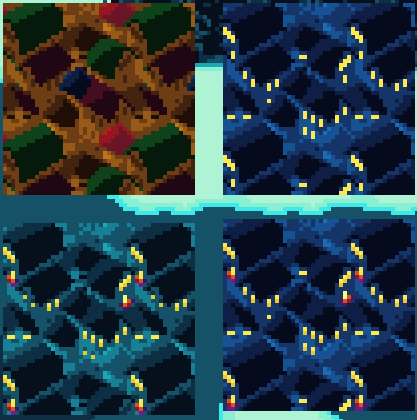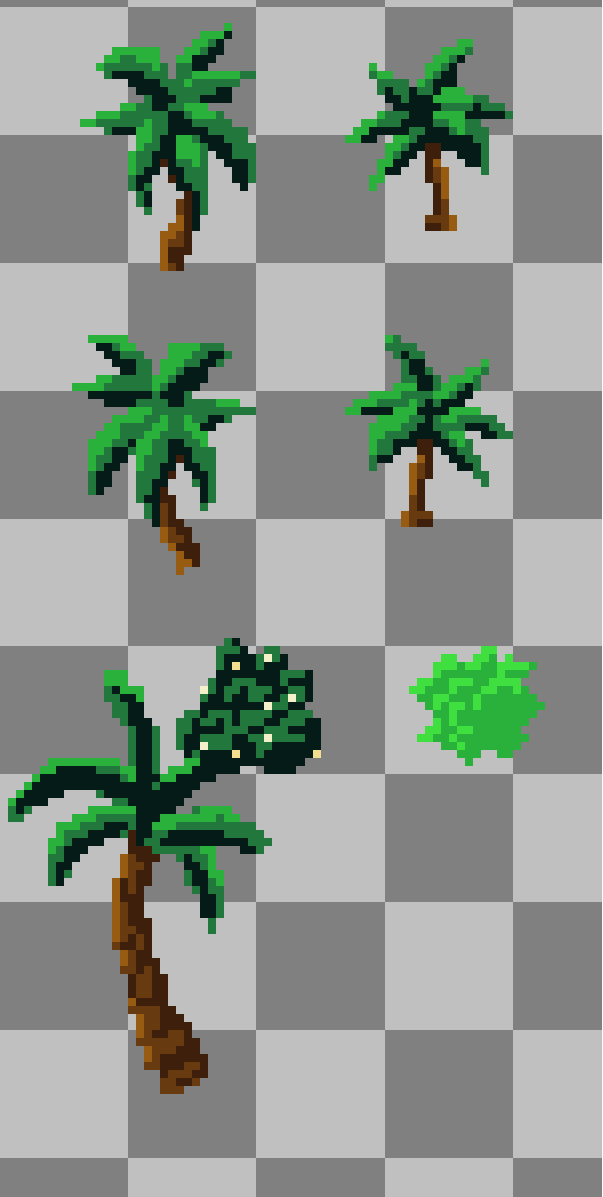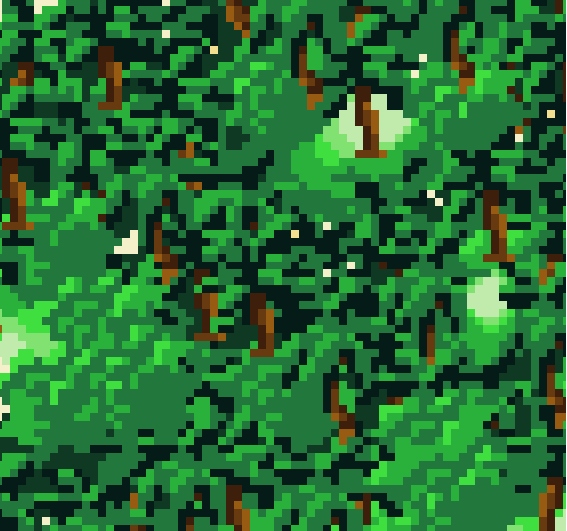Jeremy has always suggested that ports have walls around them. It never appealed to me, though. Maybe it just seems unlikely Caribbean ports were surrounded by walls. Or perhaps I had big medieval stone walls or mind. Or maybe I just failed to conceptualize it right.
But as a result of his gentle prodding, and since I wasn't happy with the two variants I had already created, I did to some walled-port testing.
So, we're moving to walled ports.
And guess what. This led to more learning. The repeated textures I had started making for our tiles didn't take into account that our tiles overlap. That is, the tile images are 48x48, but Godot fits them into 32x32 tiles. (The overlapping edges are how diagonals are possible). So since I was already making tile images at 48, I made the repeating pattern on them 48x48 as well. The result is that when the engine puts them together, their seams are all wonky. What I should have been doing was making them 32x32 and then just expanding them to fit a 48x48 image. That's what I'm working on now.

This is a 48x48 texture in a 48x48 square. If you place this in a 32x32 grid, its edges overlap other tiles and mess up the seams.

This is a 32x32 texture with 8 pixels all around it. In those 8 pixels, I've tiled the opposite edge of the 32x32 texture. If you place this into a 32x32 grid, the edges overlap, but because they're the same image where they do, you can't tell.
So not only do I have to rework the ports (again), I also have to rework the paper texture I just did. One component of the gameplay will include a paper variant of the actual game map. We're pretty excited about it, actually. But, I won't say too much about that yet.
I'll add some images to this post later.
